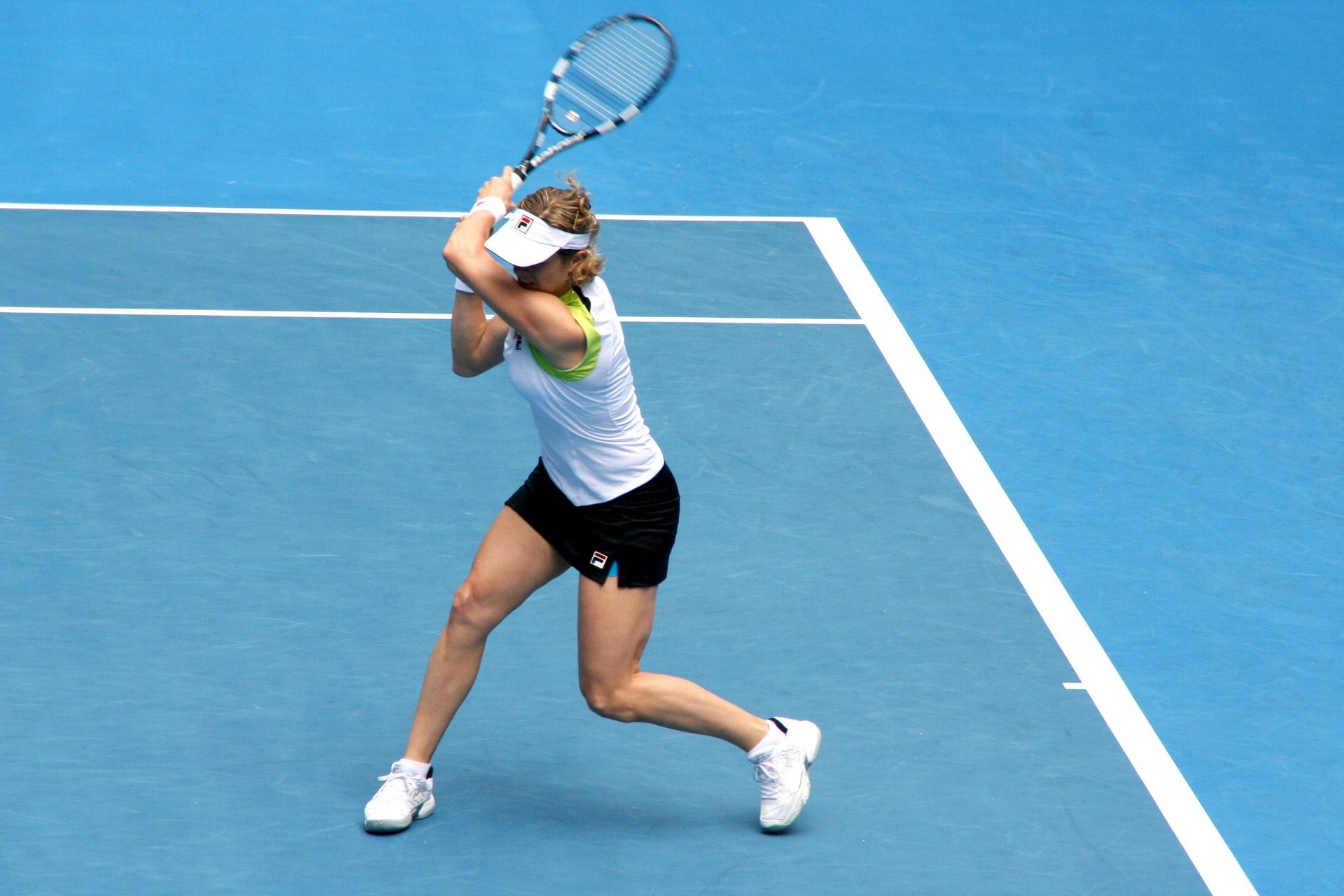Cutting Edge Training Methodologies in Modern Tennis
The world of sports is always evolving, and tennis is no exception. From the evolution of racquet technology to the constant adaptation of training methods, tennis players and coaches are constantly redefining the approach to the game. This article explores the latest advancements in tennis training methods and strategies, serving up expert insights and practical applications.
Game, Set, Raise: The Shift in Training Philosophies
Historically, tennis training was heavily focused on physical fitness and technique. However, with the increasing competition and advances in sports science, the emphasis has now shifted towards a more holistic approach that includes mental toughness, strategic thinking, and player-specific customizations. This shift has been propelled by the impressive successes of players such as Serena Williams and Novak Djokovic, who have incorporated unique training methods into their regimes.
The Physical: Beyond Traditional Regimes
Understanding the biomechanics of tennis—how the body moves and reacts—has become a cornerstone in designing effective training methods. Novel practices include high-intensity interval training (HIIT) and proprioception exercises, offering benefits like increased power and agility, better coordination, and decreased injury risk.
The Mental: Training the Competitive Mind
In professional tennis, the mental game is as important as the physical one. With the weight of each point and the length of games, emotional resilience and mental fortitude have become vital. Players now use various mental training techniques such as neurofeedback, mindfulness, and visualization exercises to complement their physical training.
Strategic Approach: The Art of Decoding an Opponent
Strategic thinking is crucial in modern tennis. The ability to analyze an opponent’s strengths and weaknesses, understand their game pattern, and devise an effective counter-strategy can be the difference between winning and losing. Advanced video analysis tools and innovative game simulators are now used to enhance strategic learning.
Custom-Tailored Coaching: The Way Forward
Every player is unique, and so should be their training. With the advent of advanced analytics and biomechanical studies, training regimes are becoming increasingly customized. This personalized approach allows coaches to optimize each player’s skill development, performance growth, and potential to achieve peak performance, paving the way for the next generation of tennis champions.
On the court, the rewards of these modernized training methods are clear: increased performance levels, fewer injuries, and the ability to maintain mental focus under pressure. With these on-going advancements, it is an exciting era for tennis and sports science as a whole. It’s more than just a game—it’s a testament to the power of creativity, ingenuity, and the unyielding quest to elevate performance.





